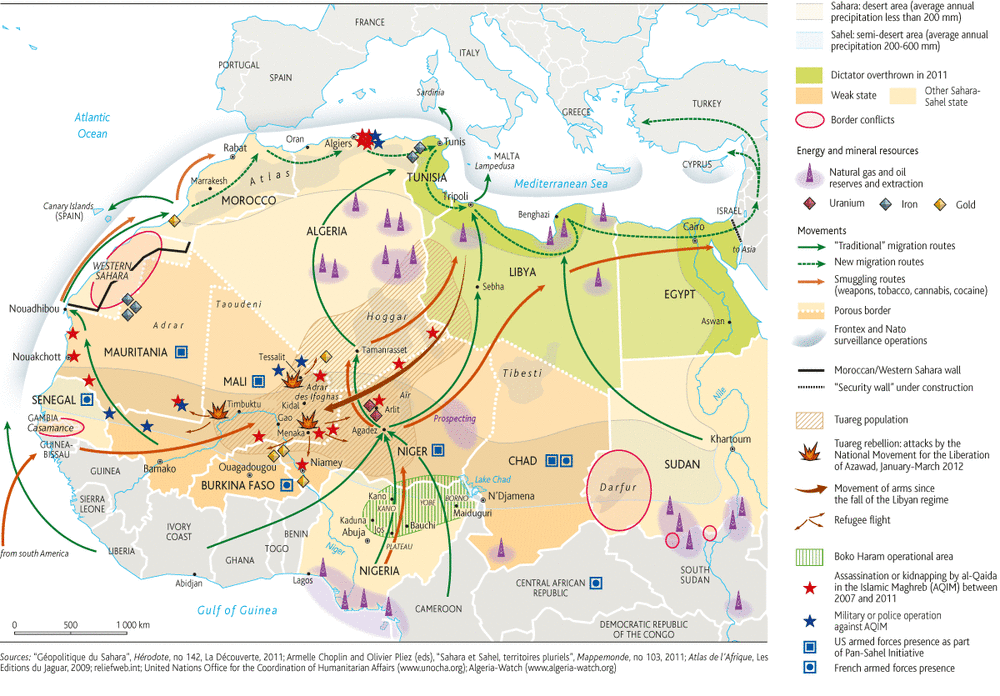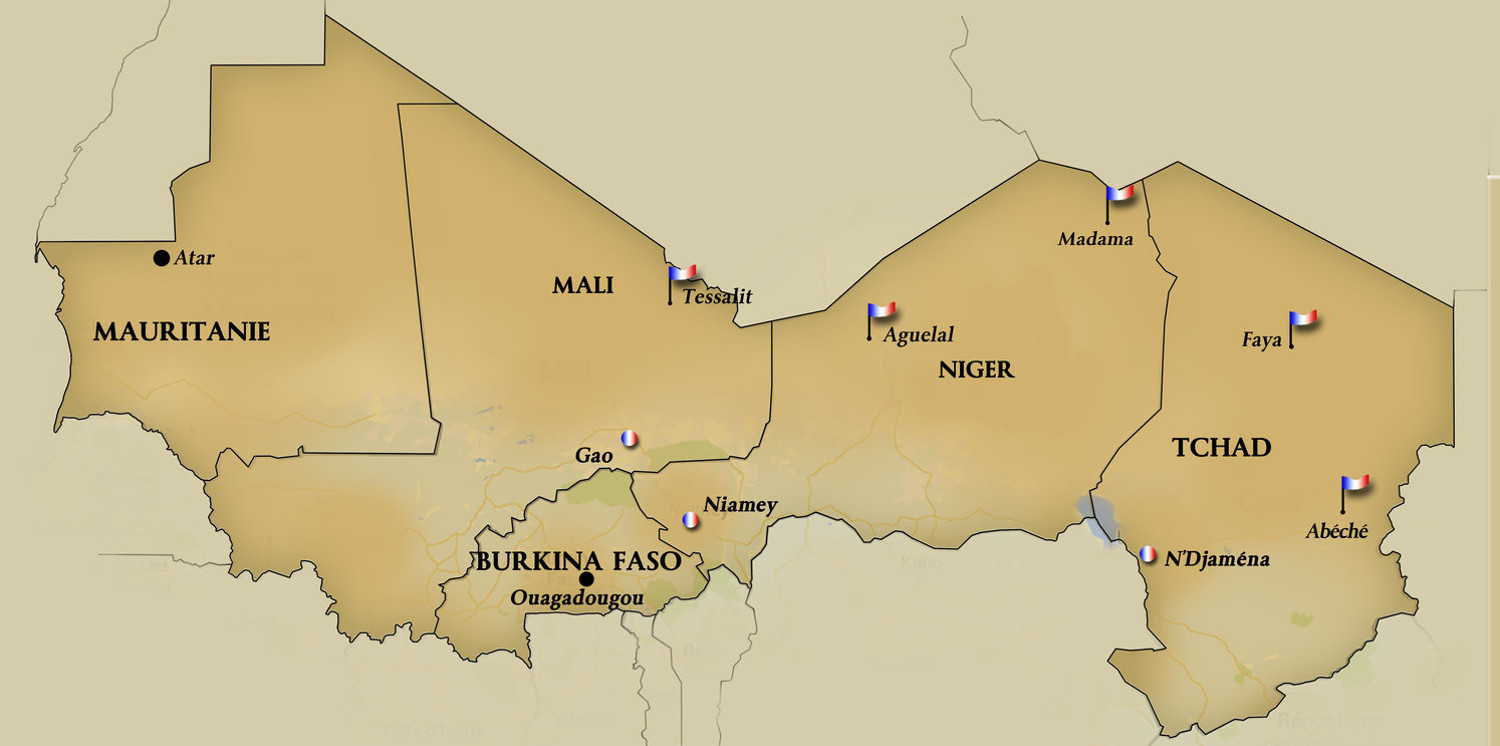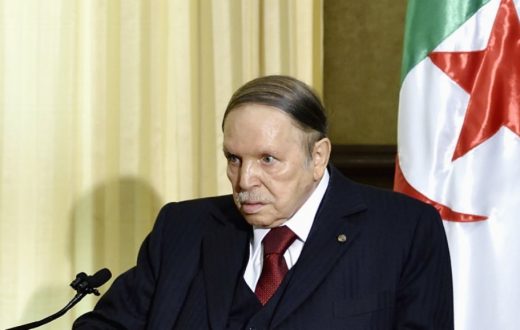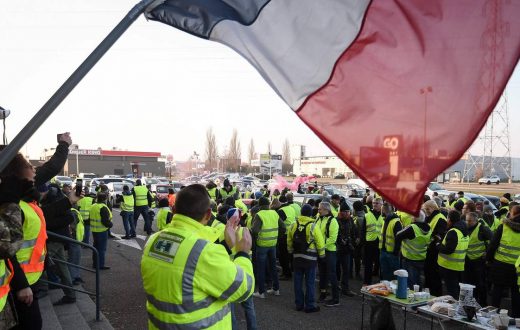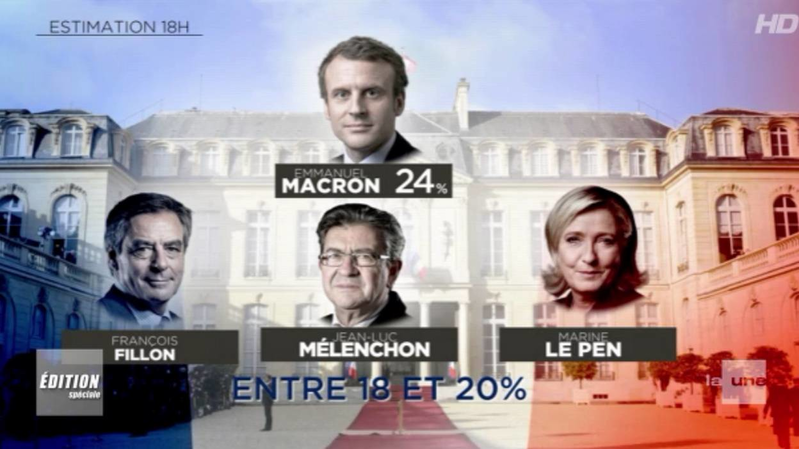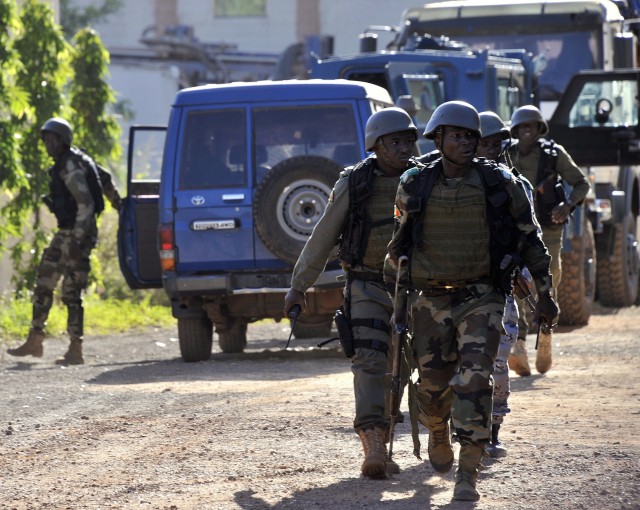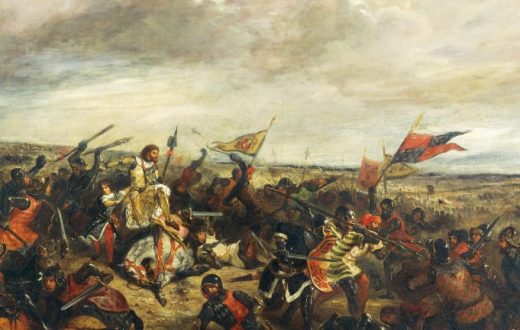The future development prospects of Saharo-Sahelian areas requires deeper economic and political co-operation between the region and North Africa, yet realization of this potential is premised on Saharo-Sahelian political stability and security. France has been an integral element in shaping the security architecture and relationship between the vast region spanning West and North Africa and the Saharo-Sahelian areas.
Causes, Patterns and Trends in France’s Projection of Military Force in West Africa and the Sahel by Marcel Kitissou and Beniam Awash that writes for the Sahel Consortium, a Young Diplomat’ partner.
Summary of Key Ideas
Ever since the demise of Charles De Gaulle’s ambitious project for a “Great French Sahara” in the 1960s, the projection of French military force has resulted in over 100 military operations. The logic for doing so was a combination of recurrence – to maintain its status as a global power and hegemonic presence in francophone Africa – and deterrence – to keep threats out of this region. The most recent French military interventions in Côte d’Ivoire, Libya, and Mali demonstrate its stabilizing and destabilizing qualities and also illustrate deterrence – in deterring violent extremists from destabilizing the region – and recurrence – in intervening for the purposes of maintaining French influence and protecting its historic privileges.
The establishment of a security architecture capable of facilitating Saharo-Sahelian and North African cooperation requires, in part, evaluation of the rationale and consequences of France’s military projections on the security and political stability of this vast and conflict-prone area. In addition, identification of the sources of local grievances, i.e. economic and political marginalization, which engender political violence, is the primary mechanism for guaranteeing enduring political stability and security of this area.
In 2002, France’s intervention of recurrence in Cote d’Ivoire, Operation Licorne, led to the arrest and removal of Laurent Gbagbo from power, stabilizing the political situation in Cote d’Ivoire. In contrast, the 2011 France-led NATO intervention in Libya, Opération Harmattan (Operation Odyssey Dawn for the US), leading to Gadhafi’s demise has two unfortunate unintended regional consequences: (i) proliferation of armed militias and jihadists in Libya; (ii) destabilizing the Saharo-Sahelian states through arms trafficking and opportunistic attacks from jihadi extremist groups.

The collapse of Libya’s Arab Jamahiriya and the proliferation of armed militias and jihadi groups engaging in arms trafficking have had a profoundly destabilizing effect on the region’s security. An influx of hardened Tuareg fighters into northern Mali equipped with heavy arms from Libya’s arms depots and hijacking of Tuareg rebel forces by Algerian and Mauritanian jihadi groups is the context for France’s most recent intervention. Operating in the loosely patrolled vast Sahelian space, jihadi groups such as al-Qaida in the Islamic Maghreb had already formed loose alliances with local Tuareg and Bérabiche tribes to collaborate in the clandestine trafficking of cocaine, cannabis and counterfeit tobacco. Political turmoil in Mali and the collapse of the Libyan state, thus leaving a security vacuum, presented these jihadi groups with the opportunity for armed violence against the Malian state.

French intervention in northern Mali, Operation Serval, combines recurrence, reinforcing France’s image as a global power and indicating de facto creation of a European army, and deterrence, eliminating violent extremists so as to deny the areas of northern Mali and the vast loosely governed spaces of the Saharo-Sahel as safe havens to violent extremists. Yet, if the rationale for such operations, past and present, is primarily for the sake of interests outside of Africa, neglecting local grievances that have fueled conflicts in the region, it will fail to enhance the Saharo-Sahelian area’s security and political stability. It will also create a barrier to future prospects for cooperation within the area and with North Africa. It will produce a security architecture overly reliant on external military intervention while weakening the local mechanisms of conflict resolution.
Draft Chapter Outline
This paper argues that military intervention, in itself, constitutes recognition of political failure. It offers a dual-level (spatial and temporal) analysis of France’s interventions by explaining the causes of war, both structural and cyclical, and assessing their impact on regional security and political stability. The paper also suggests policy recommendations. The paper’s four sections are:
- Power of History and Geography explains historical ties, military agreements and technical assistance, and the geopolitical importance of the Saharo-Sahelian region.
- Evolution and Trends in France’s Military Interventions analyzes the rationale and decision-making process and consequences of France’s military interventions particularly in Libya and Mali.
- Sources of Conflict in the Region seeks to sort out the degree to which civil strife in the region stems from religion/ethnicity or marginalization that is expressed in competition for resources such as food security and access to land.
- Lessons Learned and Policy Recommendations focuses on the dynamic between economic development and democracy.

